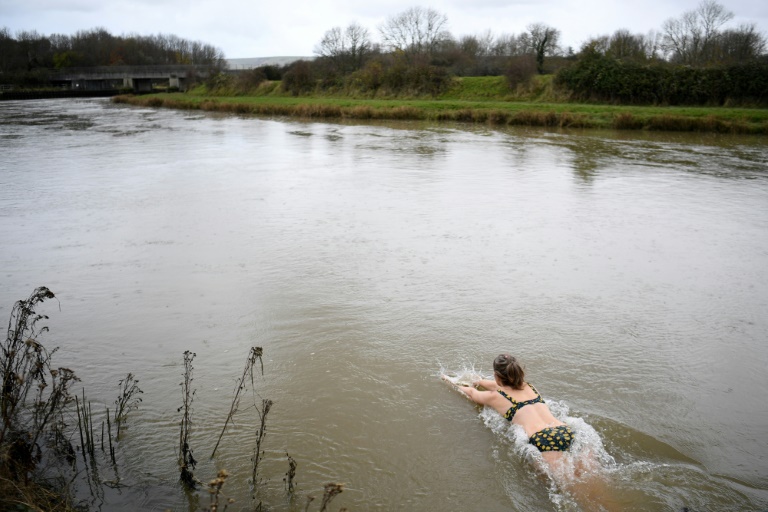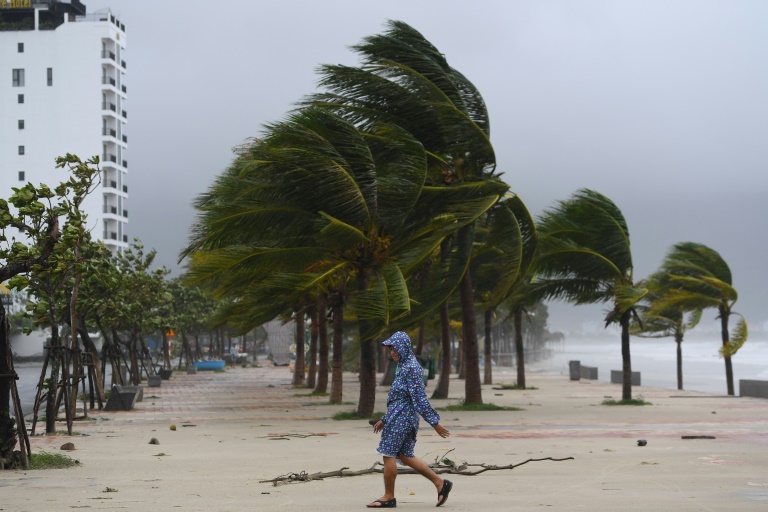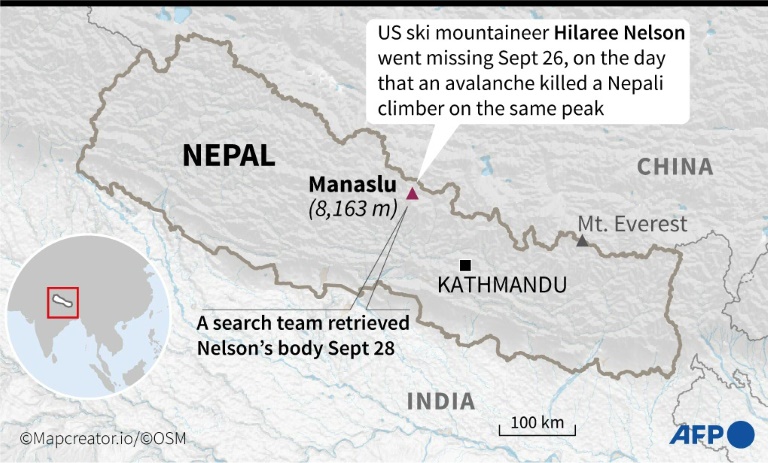Environmental groups slam UK plans to ditch pesticide laws
Campaigners fear government plans to scrap laws on pesticide use will have a deadly effect on Britain's rivers and bee populations
British wildlife groups and campaigners have hit out at government’s plans to ditch legislation covering pesticide use, as part of a drive to remove EU laws after Brexit.
The government in London said it will scratch 570 environmental laws from the statute book, after they were rolled over from Britain’s time in the European Union.
On Wednesday, popular wildlife television presenter Steve Backshall joined a chorus of opposition, warning that overturning laws on pesticides could have a deadly effect on bee populations and river pollution.
“In recent times increasing pesticide use has caused localised extinctions of bee populations and has make our rivers toxic, this is a time for our government to protect wildlife and people from pesticide harm,” he added.
“I would urge our new government to reconsider removing pesticide regulation,” added Backshall, who s also heads insect conservation group Buglife.
The Royal Society for the Protection of Birds (RSPB) called the plans from new Prime Minister Liz Truss’s government an “unprecedented attack on nature”.
“We will not stand by and let this happen,” it vowed.
More than 68,000 people have already signed up to an application on the RSPB website that automatically contacts their MP to demand that the protections be maintained.
Craig Bennett, the chief executive officer of the Wildlife Trusts of 46 independent conservation charities, said people were “furious at the new threats”.
“Vital legal protections for wildlife are at risk, fossil fuel extraction is being favoured over renewables, and the government is going back on plans to reward farmers for managing land in a nature-friendly way,” he said.
“The government wants de-regulation that will lead to yet more poo in rivers, less wildlife and land that’s unable to adapt to climate change,” he added.
The National Trust heritage body, which has 5.7 million members, also lashed out.
“Rather than ramp up action to support our environment, this government appears however to be heading in the opposite direction,” said director general Hilary McGrady.
“Environmental protections are dismissed as ‘burdens’, whilst investment and growth are pitted against nature and climate action,” she added.
Environment minister Ranil Jayawardena responded to the criticism on Twitter saying there have been claims that are “simply untrue”.
“We’re introducing new schemes that will support our farmers to produce high quality food and support them in enhancing our natural environment.
“Last year we passed our world-leading Environment Act. We are committed to halting the decline of nature by 2030 and will not undermine our obligations to the environment in pursuit of growth,” he added.










